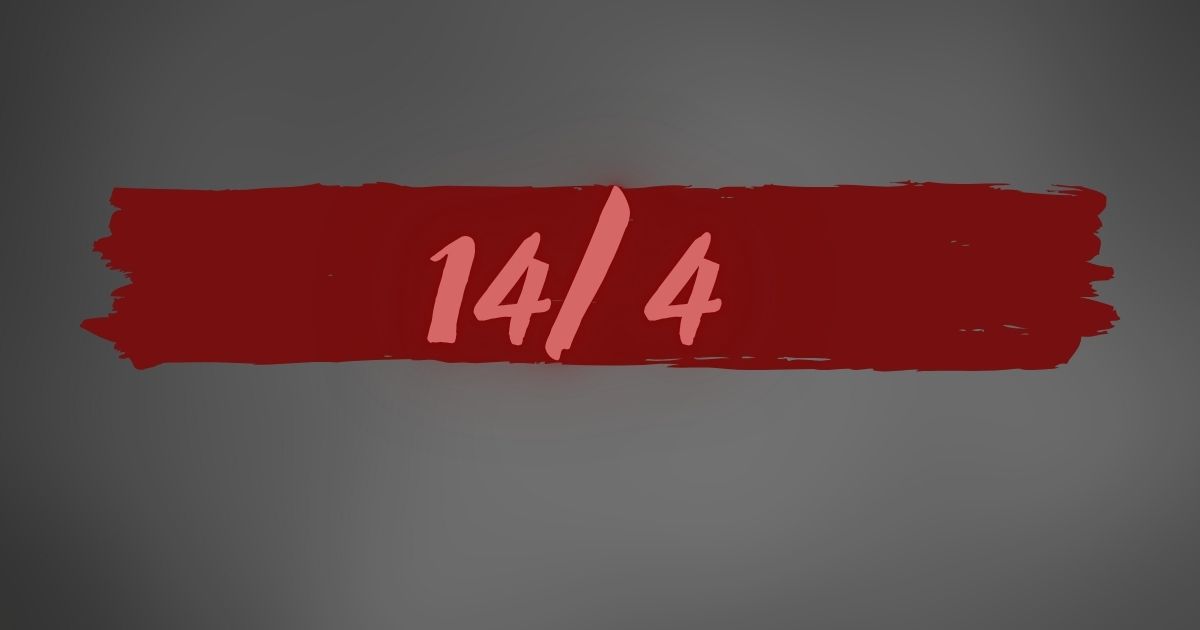14/4 cable is a type of electrical wire consisting of four conductors, each with a 14-gauge thickness. It’s primarily used in low-voltage applications like lighting, security systems, and smart home wiring. The “14” refers to the American Wire Gauge (AWG), while the “4” indicates the number of conductors inside the cable.
Understanding the Wire Gauge
The 14-gauge wire is relatively thin compared to lower-numbered gauges. It’s commonly used for circuits up to 15 amps. It’s flexible and easy to install, making it ideal for residential wiring projects where space or movement might be a concern.
The Importance of Four Conductors
Unlike 14/2 or 14/3 cables, the 14/4 version includes an extra conductor. This makes it perfect for complex installations where multiple switches or control points are needed. It gives you more versatility without needing additional cables.
Where Is 14/4 Cable Commonly Used?
This cable type is popular in setups involving three-way or four-way switches, intercoms, alarm systems, or multiple speaker systems. It’s also useful in HVAC control circuits and modern lighting setups requiring intelligent communication between components.
Indoor vs. Outdoor Applications
While 14/4 cable is often used indoors, weatherproof or direct burial variants are available for outdoor or underground use. Always choose the appropriate jacket type (like NM-B for indoor, UF for outdoor) based on your installation needs.
Conductor Color Coding
A standard 14/4 cable has black, red, white, and green conductors. The black and red wires are typically “hot,” the white is neutral, and the green or bare copper wire is used for grounding. This color coding ensures consistency and safety during installation.
Voltage and Current Handling
This cable supports 120 to 240 volts AC and is typically rated for 15-amp circuits. It’s crucial not to exceed the current rating, as overheating and potential fire hazards can occur if misused.
Advantages of 14/4 Cable
The biggest advantage is its multi-purpose use in a single sheath. It reduces clutter and allows efficient wiring by carrying multiple signals or power lines together. This can save installation time and cut down on costs in multi-switch or multi-device installations.
Limitations to Consider
Despite its versatility, 14/4 cable isn’t suitable for high-current applications. If you’re working with heavy-duty equipment or circuits requiring 20 amps or more, a thicker gauge (like 12 AWG) would be a better choice. It’s also not ideal for long-distance runs due to voltage drop concerns.
Cost and Availability
14/4 cable is widely available at hardware stores, electrical supply shops, and online retailers. Prices vary depending on insulation type, brand, and length. On average, expect to pay more than 14/2 or 14/3 cables due to the extra conductor.
Installation Tips for Homeowners
If you’re a DIYer, always turn off the power before working with electrical wiring. Label wires clearly, use wire nuts or connectors approved by electrical codes, and follow manufacturer instructions. For complex systems, it’s smart to consult an electrician.
National Electrical Code Compliance
The National Electrical Code (NEC) regulates where and how cables like 14/4 can be used. Always follow NEC guidelines for spacing, support, bending radius, and protection. In some areas, local amendments may apply, so it’s worth double-checking your jurisdiction’s rules.
Smart Home Integrations
With smart homes on the rise, 14/4 cable is increasingly used in systems requiring communication between smart switches, sensors, and hubs. It enables seamless integration for lighting automation and centralized control systems.
Using 14/4 for Audio Setups
In home audio setups, 14/4 cable can serve as speaker wire for dual-channel audio systems. It keeps wiring neat and efficient when running cables to multiple rooms or outdoor speakers from a single amplifier.
How to Choose the Right 14/4 Cable
When selecting a 14/4 cable, consider insulation type (like THHN, NM-B, or UF), fire resistance, flexibility, and jacket durability. For in-wall installations, plenum-rated cables may be required, especially in commercial buildings or apartment complexes.
Troubleshooting Common Issues
If something isn’t working right after installation, check your connections first. Make sure the wires aren’t swapped, cut, or pinched. Using a multimeter can help test continuity and voltage across the conductors to locate the issue quickly.
Environmental Impact and Disposal
Modern 14/4 cables often use RoHS-compliant materials that are safer for the environment. However, old wires should be properly recycled at e-waste centers or facilities that accept scrap metal and plastic insulation.
Future of 14/4 Cable in Residential Wiring
As homes become smarter and more connected, the demand for versatile, multi-conductor cables like 14/4 is expected to grow. It offers a balance of affordability, functionality, and compatibility with future tech installations.
Conclusion
Whether you’re building a smart home or just upgrading a lighting system, 14/4 cable is an incredibly useful tool in the modern electrician’s toolkit. It offers versatility, simplicity, and room to grow—all in a single cable. From switches to speakers, this wire has got your back, offering just enough without being overkill. With proper installation and usage, it can last for decades while keeping your setup tidy and efficient.
FAQs
Can I use 14/4 cable for 20-amp circuits?
No, 14-gauge wire is only rated for up to 15 amps. For 20 amps, use 12-gauge wire or thicker.
Is 14/4 cable safe for outdoor use?
Only if it’s rated for outdoor use, such as UF (underground feeder) cable. Check the jacket labeling.
What does the “4” mean in 14/4 cable?
It means the cable contains four individual conductors.
Can I use 14/4 cable for low-voltage lighting?
Yes, it’s perfect for low-voltage applications like LED lighting, alarm systems, and thermostats.
Do I need an electrician to install 14/4 cable?
If you’re not experienced with wiring or working on a complex system, it’s safest to hire a licensed electrician.











